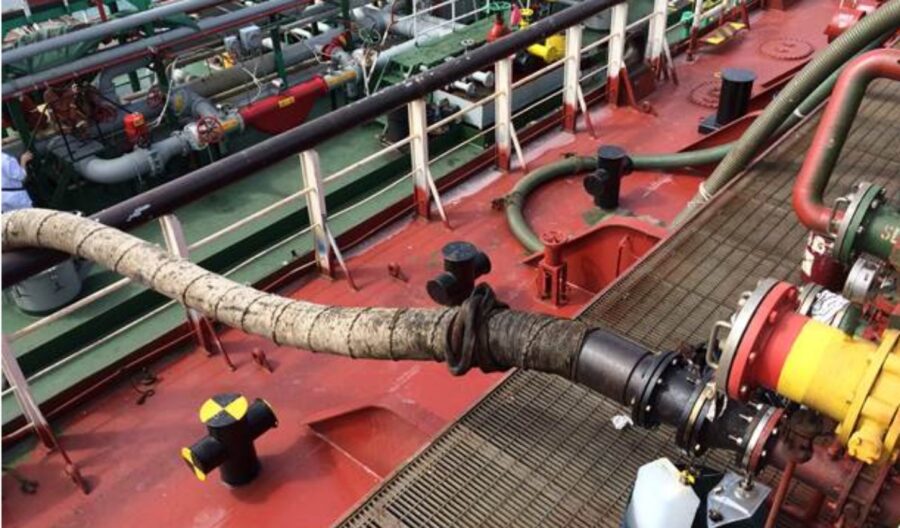A. OVERALL AIM
In effect from 1 January 2020, the sulphur content limit of marine fuels will be reduced to 0.5% m/m, for ships operating outside of Sulphur Emission Control Areas (ECAs). This drastic reduction is expected to have an impact to the availability of compliant marine fuels, to the quality of fuel and to the operational safety of ships.
The overall aim of this Training Course is to provide practical guidance to the participating Officers to become better prepared to undertake the bunkering operations, proper storage, treatment and use of new fuels on their own ships.
B. LEARNING OBJECTIVES
The Trainees, on completing the course, will be able to:
- understand the types and properties of very low sulphur fuels (VLSF), and how their quality might affect the operation of engines and other machinery.
- plan the bunkering operations and undertake change-over procedures, where necessary, based on the different grades of fuel stored onboard.
- more effectively implement the Fuel Management Plan by managing the marine fuels from storage to combustion.
- know how the company made the necessary preparations and actions to enable the fleet comply with the new requirements.
It must be noted that the topics that will be presented are aligned to the training requirements of the Ship Implementation Plan (SIP) for the Consistent Implementation of 0.5% sulphur marine fuels that requires the availability of adequately trained Officers on the ship fuel systems and change-over procedures.
